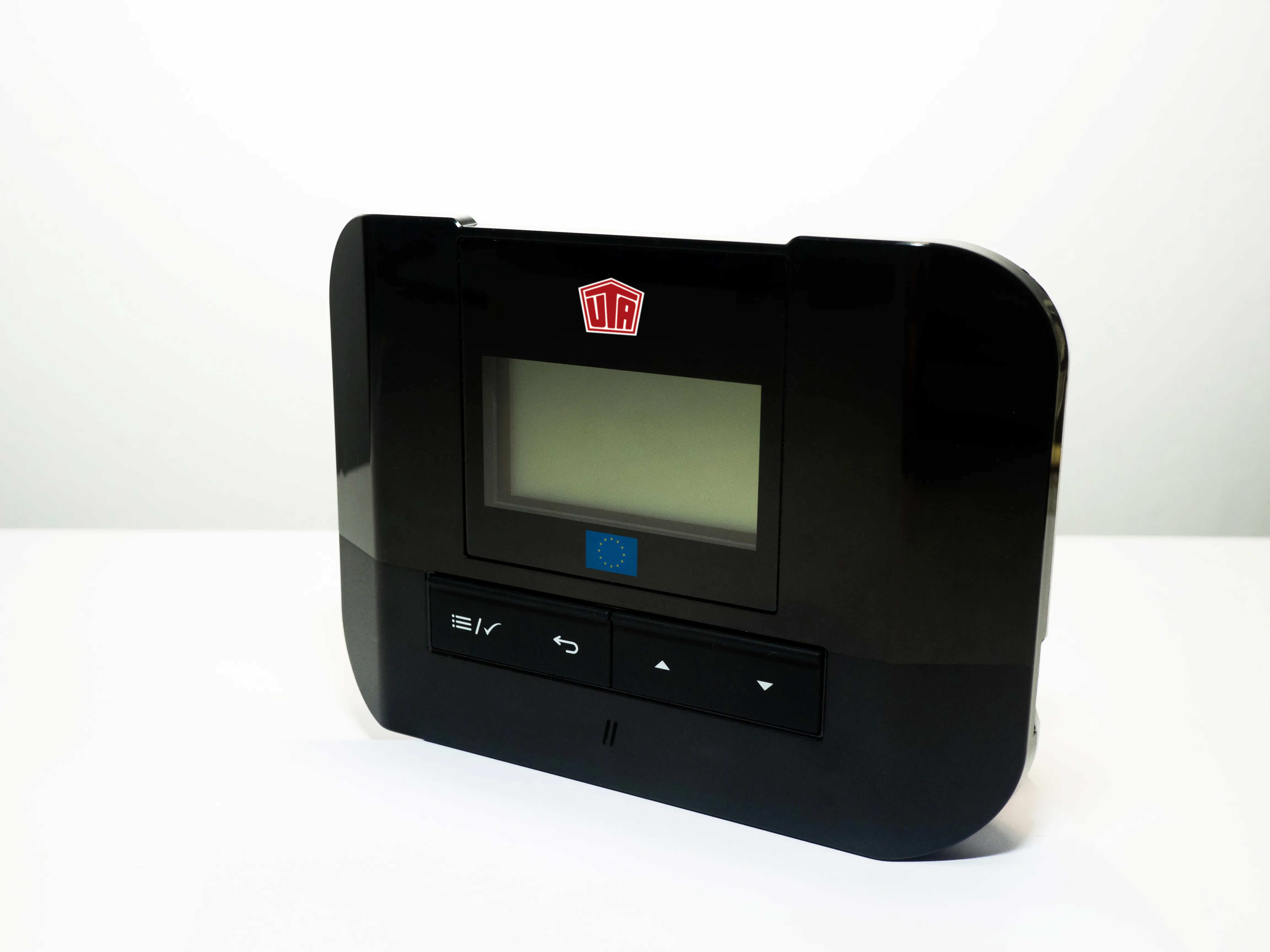
UTA, as the service provider, assumes responsibility for the administration, billing and evaluation. “Customers require only one agreement, which is valid for all European toll systems,” said Huber.
UTA is procuring the onboard units from Telepass, a European provider of electronic toll payment services.
The service initially comprises the following eight toll services: Austria, Belgium toll and Liefkenshoektunnel, Poland (A4), Spain, France, Italy and Portugal. Further European countries, including Germany, shall be integrated automatically in the second half of 2018 by way of an over-the-air update.
Those interested in the new solution can pre-register on the website of UTA from the end of this year.
UTA already provides toll solutions for 24 countries and 36 different toll systems. “This EETS solution represents a systematic expansion of our existing toll services,” said Huber.









